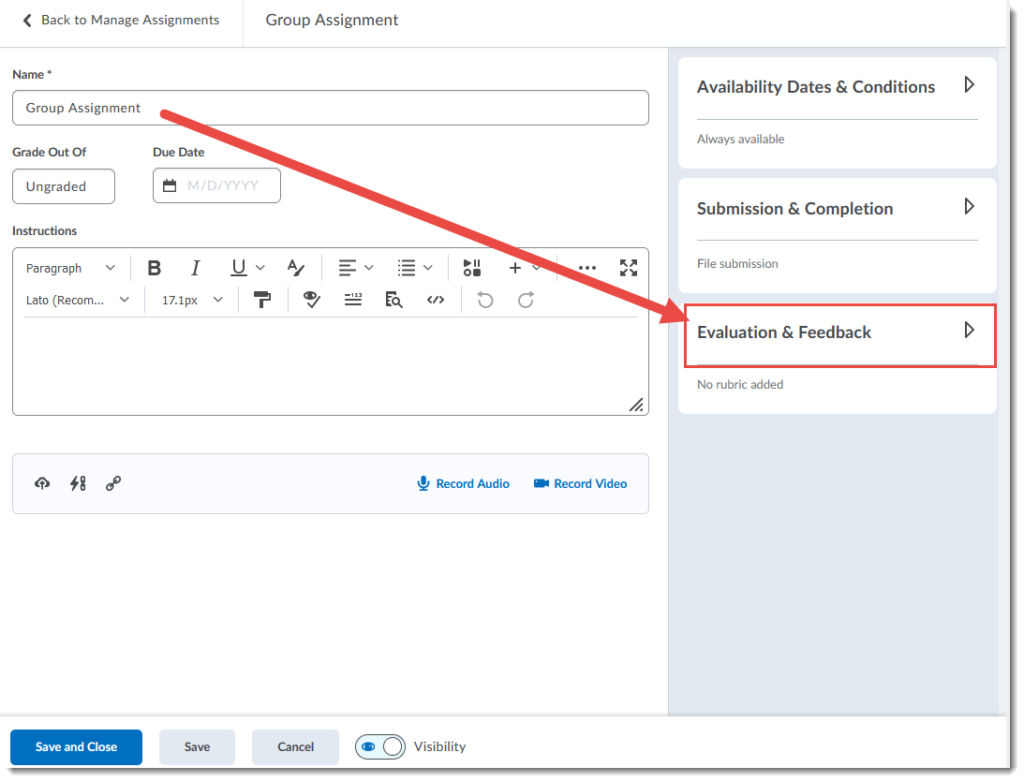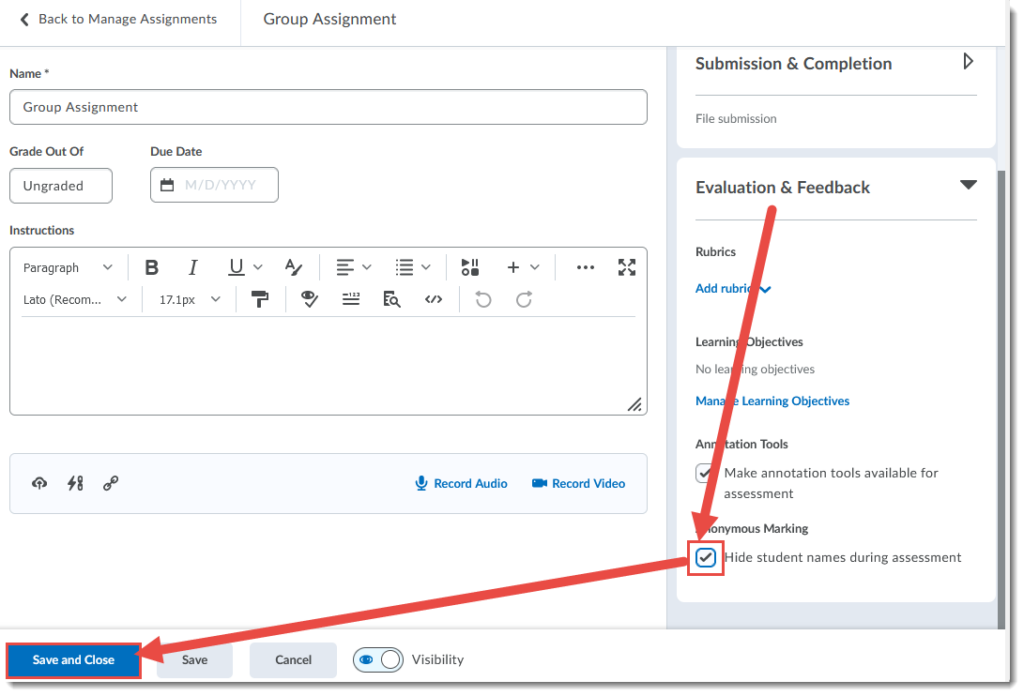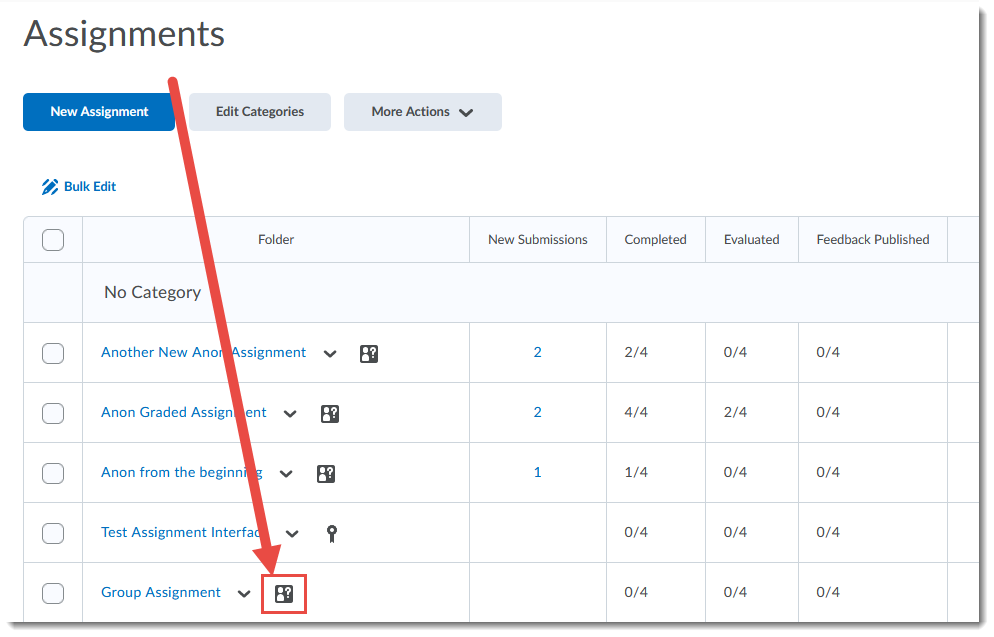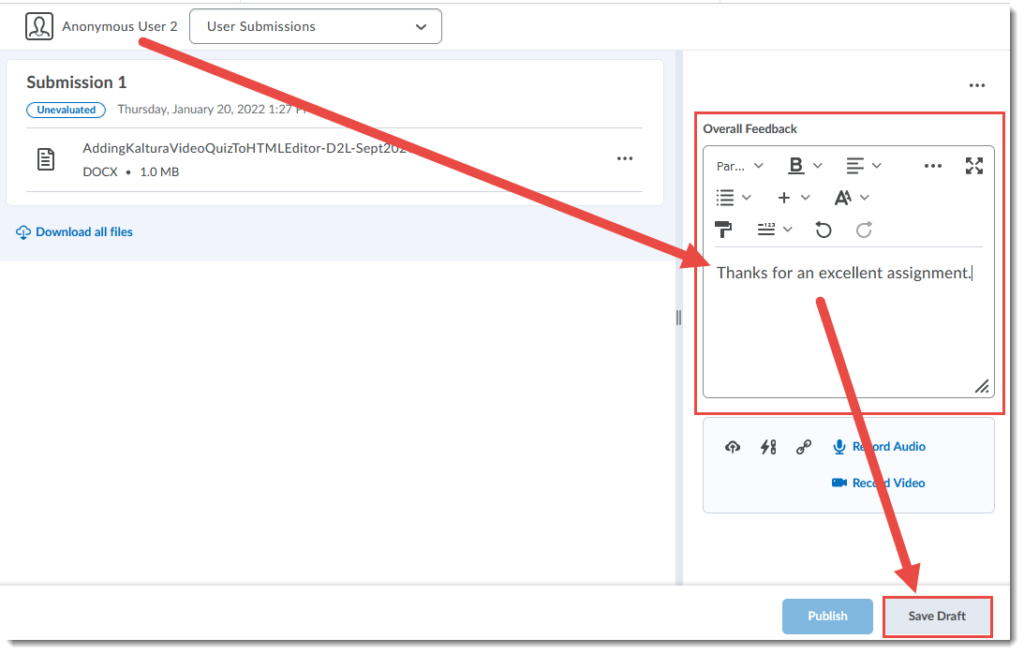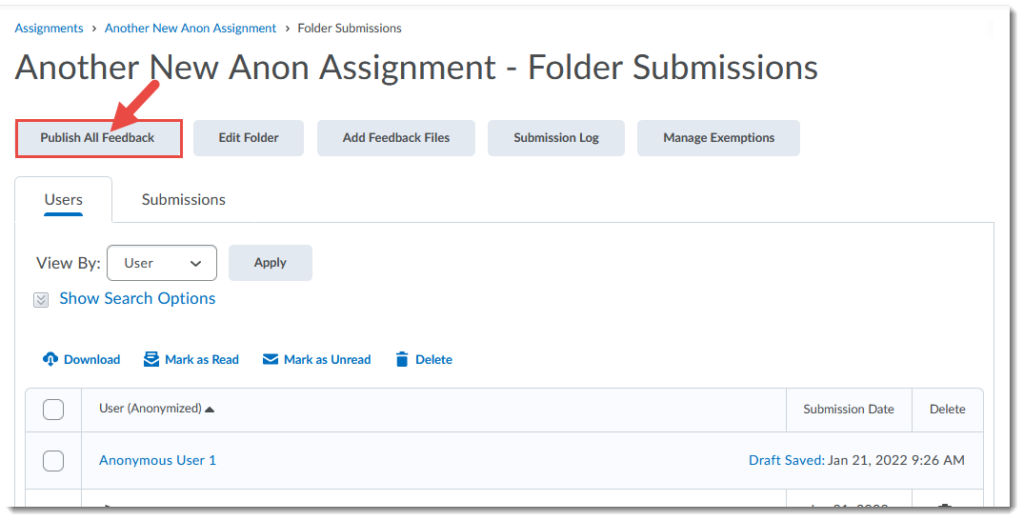As you may have noticed, I’ve been posting a few stories from faculty talking about their experiences of moving suddenly to online teaching back in March 2020. But teaching online was not new and uncharted territory to all faculty teaching at Camosun. Today I bring you some highlights from an interview I had with Rob, whose training company has partnered with Camosun for the past 10 years to deliver a Project Management Certificate program through Contract Training. Rob has a degree in Adult Education, and is also a fellow instructional designer, and it was a lot of fun talking to him about his work as both an instructor and an ID.
Rob and his instructors “teach everything from technical skills to interpersonal skills, to how to think at a strategic level,” and they teach using the full spectrum of modes, from fully in-person to fully online asynchronous, and everything in between. Rob himself “started off designing and developing computer-based training, electronic performance support systems, and what we used to call web-based training back in 1994/5. My Master’s specialty was in online learning and performance, and I’ve also been designing and developing curriculum for online delivery for over 25 years.” I found myself realizing that I have also been working in online learning design for the same amount of time as Rob, and we reflected on how much has changed since when we started this work back in the nineties. “It’s gone from very text-heavy, to some videos and audio, to full multimedia with the ability to focus more on tailoring the type of instruction to the knowledge or skill to be developed. We use video for more prescriptive processes and skills and reading to build a more fundamental knowledge base, all while using asynchronous approaches to provide flexibility in the delivery, and synchronous interaction to provide direct feedback to students. So, it’s a much more robust environment today compared to where we initially started.”
I asked Rob what he thought of the concern cropping up since COVID forced almost all education online, that online learning is lesser quality than in person (which, as IDs, we had hoped had been put to rest years ago.) He explained that we first need to move beyond our biases, that is “the propensity for adult learners to fall back into their historically established learning environment. Every term, I still have students telling me they prefer in-person learning, but then they tell me they had more interaction in our online environment than they have ever had in a classroom.” Thinking about why that is, Rob reflected that “when they’re in the classroom, they’re not talking to other students, but are focused on the instructor-led approach that typifies many classrooms, and they often think that online learning is just watching videos and reading. What they don’t understand is the instructional design that’s associated with developing instructionally-sound curriculum.” Most information is out there on the Internet, but learning is not just about finding information. “What students don’t see is the preparation, activity design, testing, and modification that goes into building an engaging online course,” and our job as instructional designers is to help faculty understand how instructional designers, curriculum developers and technology support staff can help them create those courses (something we didn’t necessarily have time for when courses moved so suddenly online in 2020.)
When talking a little bit about that design for engagement, Rob says “the first thing we do is establish contact with students. The moment we engage with them to keep them on track they realize that they are being supported, that their instructor is there to work with them, and that they are not just one of 500 students that the instructor doesn’t know. The second is to build in collaboration as one of the requirements and teach them why collaboration is important in the learning process, building it as a bonus for them so if they collaborate more, they will learn more.” Remembering Rob’s earlier point, that adult learners tend to want to learn the way they have in the past, all this engagement and collaboration sometimes “requires a period of cultural change for them to feel like they’re being supported, to build up to an interactive dynamic between students and instructor.” And that’s where that huge investment in up-front work to contact students, to set expectations, to build collaboration, and to follow-up pays off: when students start to engage.
I wanted to see if Rob had noticed an uptake in his online courses post-COVID and was a bit surprised when he said that while there was a jump in enrolment at the beginning of the pandemic, but “by September 2021, a year and a half in, we saw a substantial drop in enrolment. While we are still studying why it happened, one of the things we identified through feedback was that people were tired of meeting and learning online,” something I am sure many people reading this can identify with. This past term, enrolments are back up, but Rob tells me he will “need a longer period of time to study if this fatigue might have an effect long-term. I think it’s been beneficial for people to have had the experience through the pandemic of recognizing that it is possible to engage, to have interactivity, and to learn online.” I know I hope faculty and students, once fatigue fades, will embrace more online teaching and learning now that they know what is possible.
When I asked Rob about some of the rewards he’s experienced teaching online all these years, he says “I think it’s difficult to separate the rewards from teaching online from the rewards from teaching in general. From my perspective as an adult educator, it’s about helping adults learn. The reward I get from helping an adult learn, whether it’s online or in the classroom, is the emotional satisfaction of seeing someone develop a skill or knowledge, and to feel that tingle up the back of your neck when they get it. I think teaching online means that I’m able to help people that might not be able to access a course, because of timing or geography or personal situation. And I think the greatest reward is that online teaching broadens out accessibility to a subject that I’m passionate about.”
In addition, Rob has heard from students that being able to work with people from all over the world through an online class is hugely beneficial and rewarding. “Students have said that interacting with people who are completely outside their bubble has been very valuable to them because they never would’ve experienced the people that they’re interacting with outside their local area. It gives them access to a new perspective and the ability to share and learn from each other that they wouldn’t get in a traditional classroom.” Often as a result of that greater diversity, Rob says there is more interaction in the online classroom, “students are intermingling with people with whom they may never have spoken if they were in a classroom, because you tend to gravitate towards the person sitting next to you. But when you’re online, you can establish relationships with anybody and everybody because you have that flexibility.”
I asked Rob what kind of advice he gives instructors teaching online for the first time, and he said “I want them reach out to the students more because I think one of the biggest challenges is that, while students have a reason for showing up at that course, they can also feel alone in the online environment. If instructors reach out to students and create a relationship with them, it’ll be better for the students because they’ll see there’s somebody there. It’s not just a computer teaching them, but there’s actually a flesh and blood person behind it.” And in addition, Rob wants his instructors to see that teaching online does not have to be hard. “Start by recording a question-and-answer session – that’s a learning opportunity. Then when we use technology like collaborative document creation, that collaborative document can become instruction – that can become a reusable tool for future instruction. We might be building the plane while it flies, but that course material can be reused and improved.” There’s no need to be intimidated by online teaching if you keep it simple and build from there. And of course, find yourself an instructional designer! “Just call us. Send an e-mail to us. We’re here!”
Looking forward, Rob tells me that he “would like to see online learning become more integrated with the way people work through micro-learning and just-in-time learning; and there is an opportunity for the academy to provide a foundation for this learning; to constantly supplement it with online in-the-moment micro-learning performance support. I think this is where online learning needs to go, but I think we’re still a long way from that.” There is so much information out there already, but how do students know what is accurate or useful? “I really think that our profession needs to evolve to provide both foundation and practicality, and practicality needs to be in the moment. For instance, even if all you want to do is build a schedule for a project, you have to understand concepts and other contextual knowledge which is the foundation that still needs to be structured as a comprehensive program. But then, in the moment, when you are ready to build that schedule, you should be able to access with a micro-learning tool immediately.”
One final thought from Rob: “I think there will always be room for face-to-face, virtual instructor-led synchronous, and instructor-led asynchronous learning experiences. And after the past few years, maybe people can settle into their preferences and recognize the benefits of each.”


